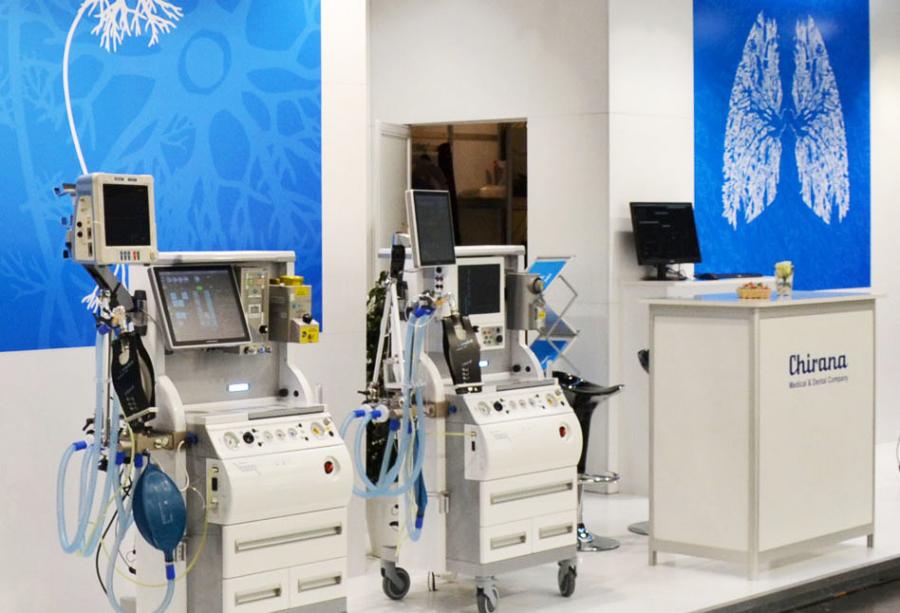A group of scientists from MEPhI, led by the director of the Institute of Industrial Nuclear Technology Eduard Glagovskiy, is currently working on the creation of an “intelligent control complex for artificial lung ventilation devices” (KIUIVL). This complex will be able to continuously and automatically select the optimal modes in changing ventilation conditions, taking into account the current state of the patient.

Ventilators are widely used in everyday medicine and have a number of significant drawbacks that can be detrimental to the patient and require enormous efforts from medical personnel to monitor the patient's condition and reconfigure the operating mode of the devices. Most modern systems do not provide adaptive ventilation, in which the ventilation parameters would be adjusted adequately to a change in the patient's condition, the feedback loop is closed through the medical staff, who periodically adjusts the ventilation parameters, focusing on the patient's condition, despite the fact that the problem of choosing the optimal ventilation parameters for operators is up to has not yet been resolved.
These shortcomings became especially visible during the years of the covid pandemic, when the use of ventilators became widespread.
Scientists from the MEPhI undertook to eliminate these problems by order of the state corporation Rosatom. As part of the team - Doctor of Physical and Mathematical Sciences Alexander Kryanev, Ph.D. Sergey Klimanov, Doctor of Physical and Mathematical Sciences Andrey Kotlyarov, MD Vladimir Timerbaev, Ph.D. Dmitry Smirnov and leading engineer of IPAT of the MEPhI Stanislav Gordeev. Interestingly, the pandemic prompted scientists to take up the problems of medical equipment, who, before that, had mainly dealt with nuclear energy problems (including problems of equipment for nuclear power plants).
It is planned that the integration of the monoblock with medical equipment will be carried out by one of the largest domestic manufacturers of ventilators - the company Hirana+.
It is planned to create information and analytical support for equipping domestic ventilators. KIUIVL will look like a monoblock, informationally associated with the ventilator. The software installed on KIUIVL will allow real-time receiving of information from the ventilator and other related monitoring medical devices, with the possibility of long-term storage of medical information, with advanced capabilities for displaying initial data and computational and analytical data, and to support the decision-making process for managing the device IVL, based on artificial intelligence and machine learning methods.





